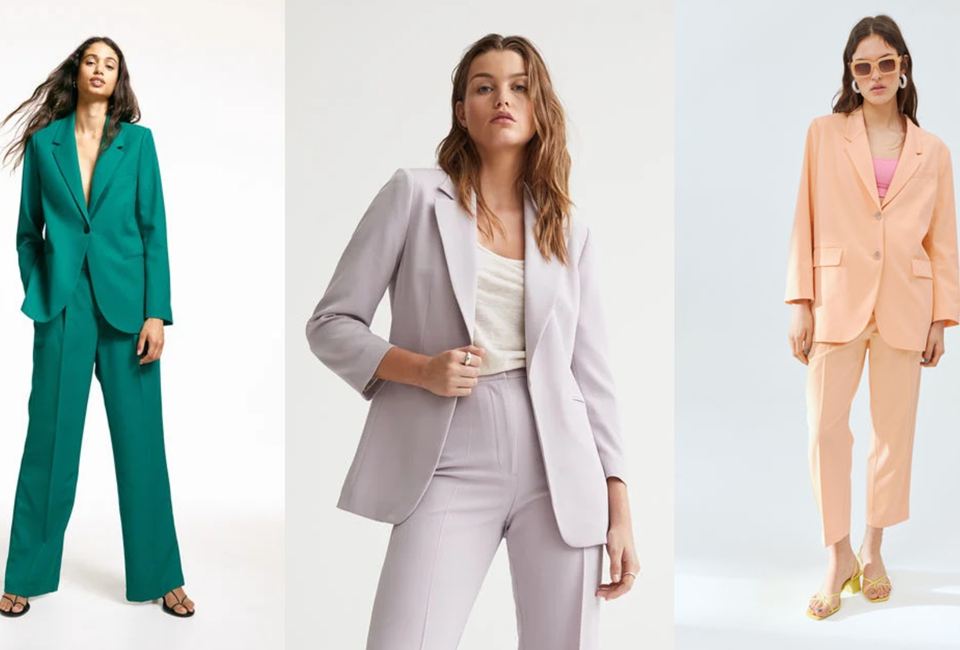
Why Women’s Professional Suits Are A Power Statement
The fit of the suit is the cornerstone of a polished look. A well-fitted suit should flatter your body shape, accentuating strengths while downplaying any areas of insecurity. A tailor’s expertise can be invaluable in adjusting a suit to achieve the perfect fit, transforming an ordinary outfit into a custom ensemble.
The fabric of the suit significantly impacts its durability, comfort, and overall look. Wool and wool blends are popular for their wrinkle resistance and year-round comfort. For warmer climates or seasons, cotton and linen provide a lighter, breathable option. For a touch of luxury, silk or cashmere suits offer an unmatched feel and elegance but require more careful maintenance.

Color and pattern choice can reflect personal style and suitability for different occasions. Classic colors like black, navy, and gray are versatile and can be worn in almost any professional setting. Patterns, when chosen wisely, can add a touch of personality to the suit. Stripes or subtle checks can be elegant and sophisticated, but it’s essential to ensure they align properly on all parts of the suit.
The style of the suit is another crucial consideration. From single-breasted blazers to double-breasted jackets, from pencil skirts to wide-leg trousers, the options are abundant. The choice should be guided by your personal style, body shape, and the level of formality required in your workplace.
Accessories can elevate a professional suit from standard to standout. A beautiful silk scarf, a pair of elegant shoes, or a tasteful handbag can add a personal touch to your outfit. However, it’s essential to strike a balance and avoid overshadowing the suit itself.
Maintaining your suit is as important as selecting it. Regular, careful cleaning is necessary to maintain the fabric’s quality and prolong the suit’s life. Dry cleaning should be utilized sparingly, and suits should always be stored on proper hangers to prevent wrinkles and damage.
